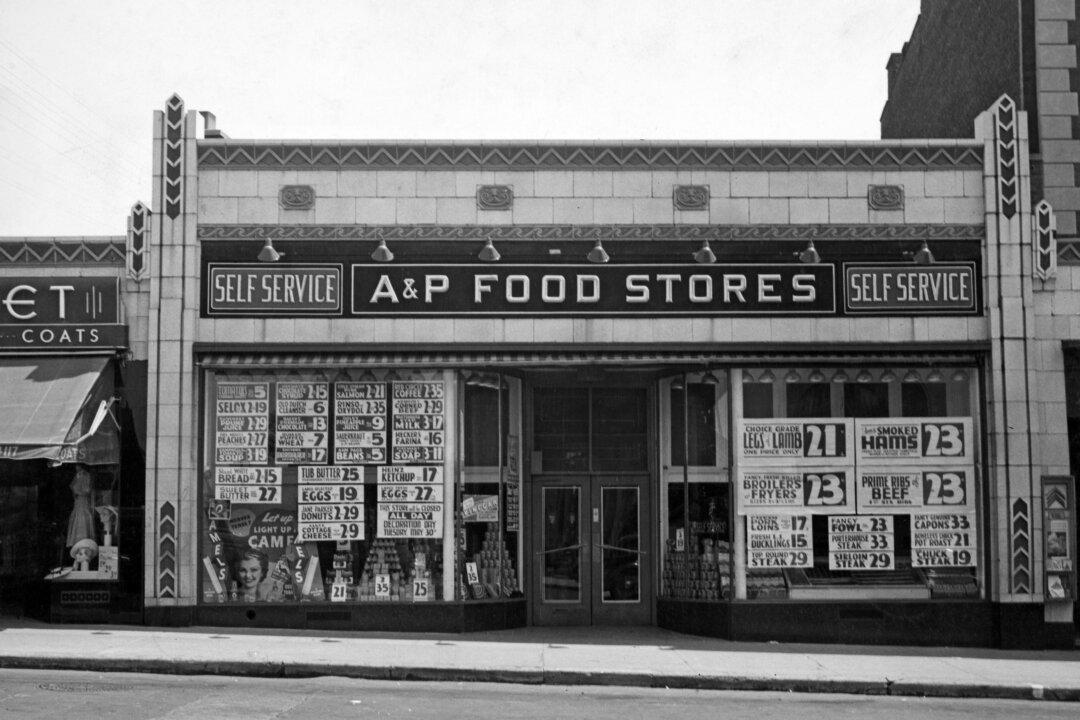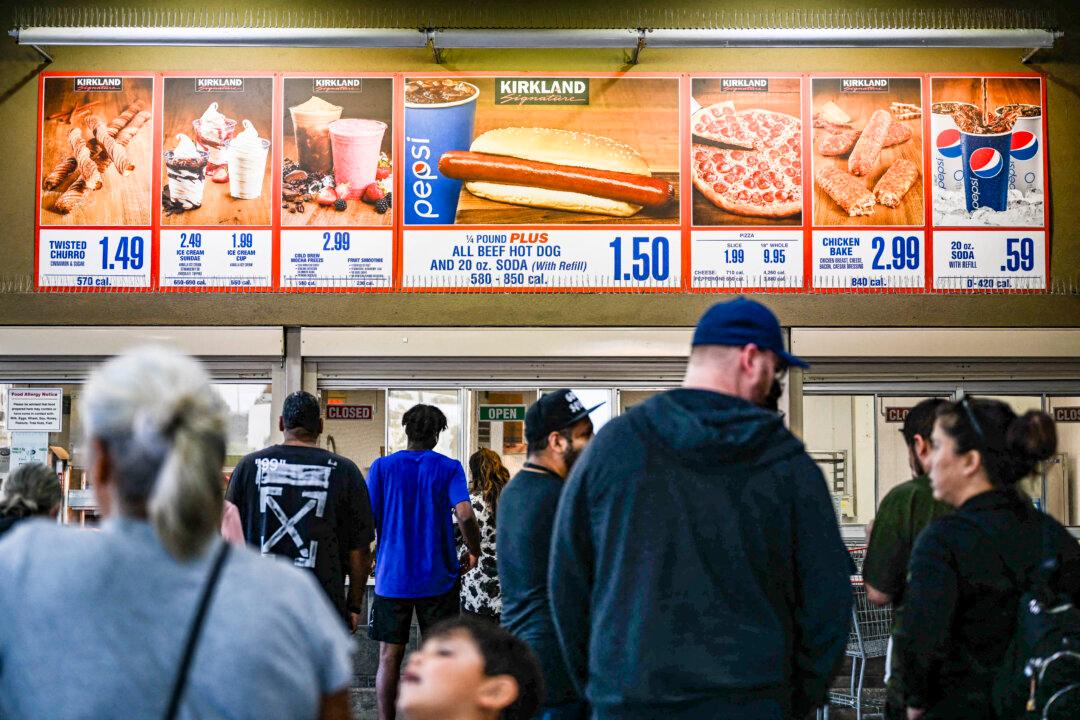Commentary
With some regions of America enjoying gasoline prices below $3 a gallon after a summer that saw the national average exceed $5 for the very first time, it’s tempting to lull oneself into thinking cheap gas will last. In fact, it won’t last for very much longer at all, especially with this administration’s never-ending hostility to the fossil fuel economy, which provides more than 80 percent of our energy.





